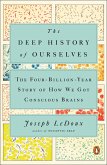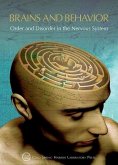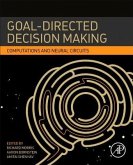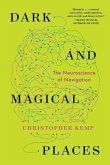"At the heart of our inquiry is the nature of brain function. It is our view that our sensory world is disordered and chaotic. There are no labels for tables, chairs or airplanes, and indeed there are no colors, sounds or smells, only photons, air waves, odorant molecules etc., which are unlabeled and impossible to "know". To make sense of this chaos so that we may survive, the brain must simplify our sensory inputs by creating, or inventing, the colors, the sounds and smells and forms and faces that we perceive in consciousness, which are, in effect a proxy for the chaotic world in which we live. Our ability to generalize and categorize these invented perceptions, and to relate them to one another, enables us to form memories, which are not fixed representations of things past, but a dynamic and malleable function of the brain that is relational. When formation of these worlds breaks down, neurological differences arise. The world retains its inherent complexity and we are unable to recognize faces of family members or written words or numbers, or we experience more complex disorders, including multiple personality disorder, autism spectrum disorder, and the perception of phantom body parts, such as a phantom limb, a misperception that represents a breakdown of the body image. Although the mechanisms that transform sensory chaos into the simplified perceptions experienced in consciousness remain elusive, we relate what we have learned by means of imaging brain activity and by mapping the neural circuits that comprise our memory traces, and we discuss the perspectives for future studies of consciousness"--
Hinweis: Dieser Artikel kann nur an eine deutsche Lieferadresse ausgeliefert werden.
Hinweis: Dieser Artikel kann nur an eine deutsche Lieferadresse ausgeliefert werden.








